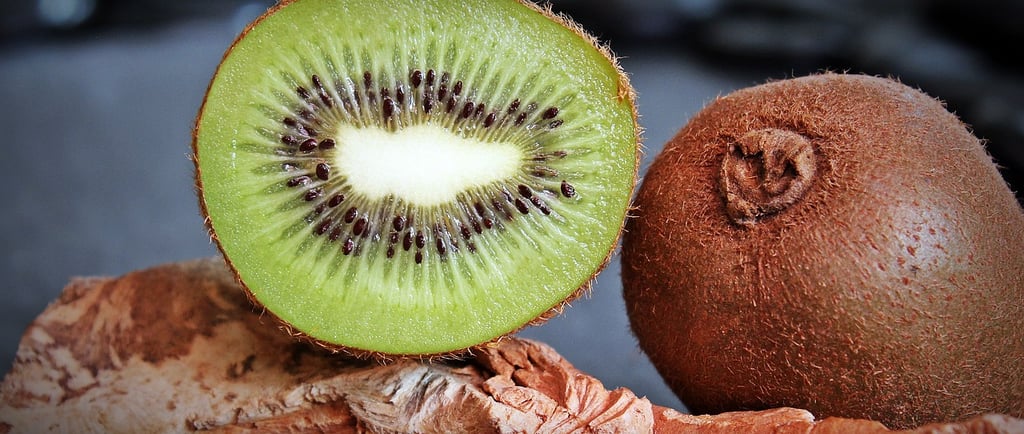Kiwi - The Fuzzy Wonder from Distant Lands 🌍🥝✨
A follow-up story rooted in the Biology chapter on Types of Fruits! Just like spices, fruits have traveled along ancient routes, spreading flavor and nourishment across the world. Through this story, we open the door to fun art exploraiton for texture drawing because of the unique texture of the kiwi! 🌿✨ The fuzzy skin invites children to explore various textures and experiment with how different materials—like soft pencils, pastels, watercolor or even sponges for stippling.🎨🥝
BIOLOGY STORIES
11/6/20242 min read


My story today will start with a little riddle for a berry ! 🥝 What’s small, fuzzy, and hides a bright green surprise inside? Can you guess? Here’s a hint—it used to be called the "Chinese gooseberry." Any ideas? Let’s peel back the mystery and find out what's that misterious berry! 🌍✨
It’s the kiwi! ( pass the fruit around so childen can touch it, feel it and even smell it ) And you might be surprised to learn that it it’s another berry! 🍇 A true berry, just like grapes or tomatoes. Remember what makes a berry? A berry has three juicy layers—the squishy inside, the middle part, and the outer skin—and it’s filled with seeds inside! Kiwi fits this perfectly!
But what about the funny old name—Chinese gooseberry! This small, fuzzy fruit originally grew in China, where people called it also “monkey peach,” because monkeys loved snacking on it! 🐒 When it traveled south to New Zealand, it was still known as “Chinese gooseberry.” But farmers noticed it looked just like their national bird, the small, brown, and fluffy kiwi bird. So they gave it a brand new name: kiwi fruit! 🦤 Today, it’s known worldwide as Kiwi and is grown in places like Italy, Greece, and the United States.
Let's cut open one kiwi, and you’ll see bright green (or sometimes golden!) pulp dotted with tiny black seeds, radiating out like sun rays. 🌞🍈✨ And here’s a fun surprise—some people even eat the fuzzy skin for extra fiber! Would you?
Kiwis contain a secret helper inside called actinidin (ac👏ti👏ni👏din 👏) It’s an enzyme, which is like a little helper that makes things happen faster, and can help with breaking down meat to make it tender and soft! 🍖 That’s why chefs sometimes use kiwi in marinades to make their dishes extra juicy and flavorful!
And thinking of helpers, kiwi plants have a special relationship with bumblebees! 🐝 Kiwi flowers don’t have a lot of nectar like other flowers, so only certain bees come to visit. When they do, they carry pollen from flower to flower, helping the kiwi grow its delicious fruit!
If you were to experiment by re-create the fuzzy kiwi on paper, what would you use to capture its unique texture? 🌱🎨 Would you try soft pencils, pastels, or maybe a bit of watercolor ? And what about the inside? Look closely at how the seeds radiate from the center like sun rays—do you think you’d need a compass to draw a perfect center? 🌞🥝✨
Extending the story : The genus name of the kiwi plant is Actinidia, which comes from the Greek word "aktis," meaning "ray." This might refer to the way the seeds radiate from the center when you cut a kiwi open. So, actinidin and Actinidiashare a connection in name, but they aren’t quite the same thing! 🌍✨I wonder what other species are at the same genus? (This part of the story can be shared with children who have heard the story of taxonomical classification of living organisms.)
I have created a natural bridge through this story leading to Art album, inviting children to explore textures and think creatively about how they can represent different textures on paper. For older children, I might invite them to delve deeper into taxonomy, by exploring other species that share the same genus name as the kiwi, discovering the fascinating connections within the natural world. 🌱✨
With Montessori joy,
Vanina 😊

